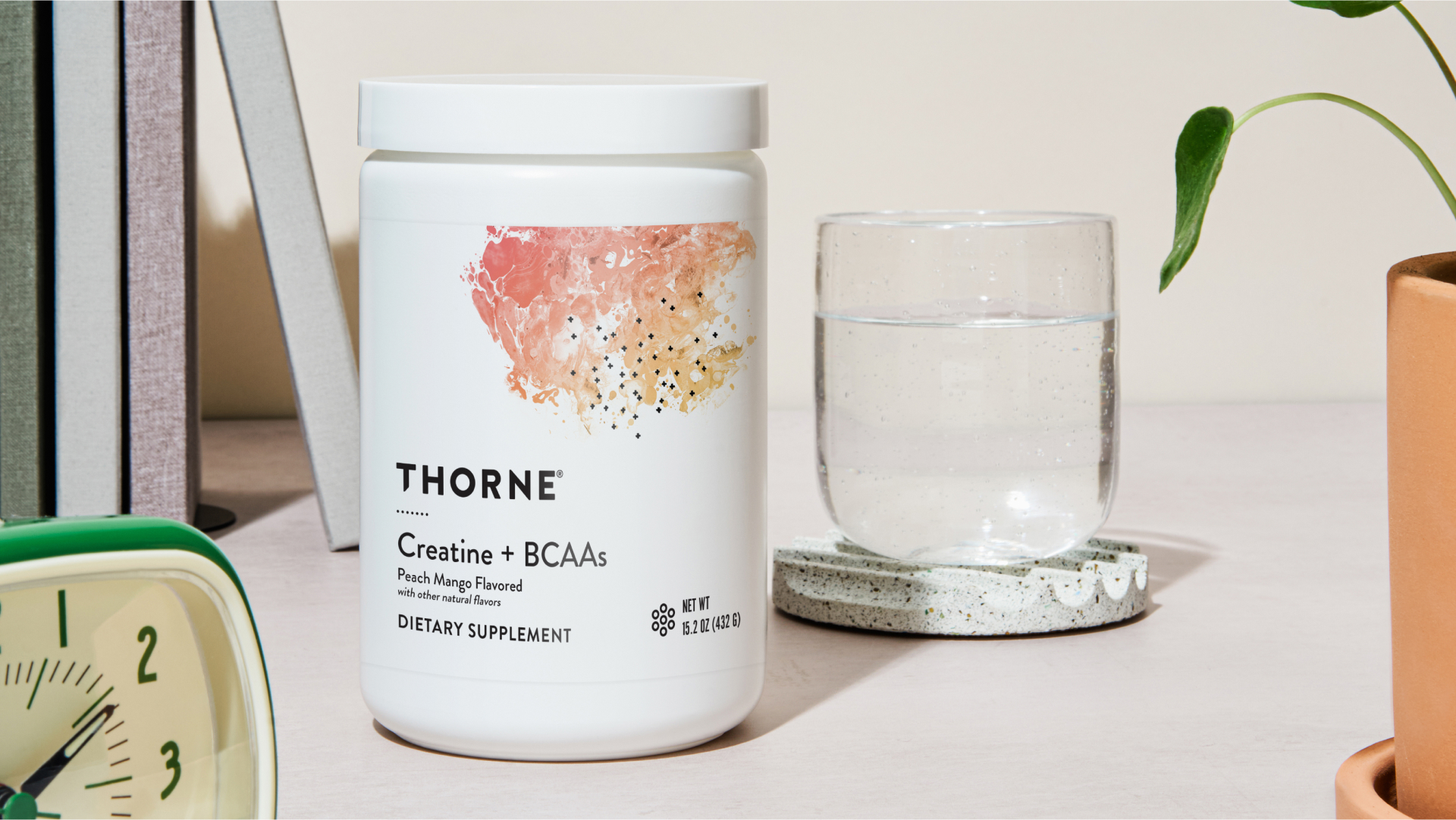We live on convenience food, but what’s it doing to us?
A few days of grab-and-go eating, and your body feels the difference. The frozen dinners, bars, and snacks that make life easier often fall into a category researchers call ultra-processed foods (UPFs) — products packed with refined oils, flavor additives, and synthetic stabilizers that make them shelf-stable and craveable.
They’re engineered for convenience, but science is starting to map what ultra-processed diets do inside the gut microbiome and, over time, the body.
What’s happening inside the gut
The overconsumption of ultra-processed foods can change the makeup of your gut bacteria. Diets high in UPFs tend to have less bacterial diversity, meaning fewer of the “good” microbes that help with digestion, inflammation control, and overall balance. Over time, that shift can make the gut lining weaker and more reactive to stressors like sugar and additives.
A 2022 study found that adults who got just 10% more of their daily calories from UPFs had a 25% higher risk of developing dementia compared with those who ate mostly whole or minimally processed foods. The flip side is promising: replacing that same 10% with unprocessed or minimally processed foods was linked to a 19% lower risk of dementia. Researchers believe the connection may start in the gut, where inflammation and disrupted bacteria can affect the brain through what’s known as the gut-brain axis.
Still, balance matters more than perfection. “It’s not that we have to eliminate every packaged item,” says Amanda Sauceda, RD, gut-health nutritionist and creator of The Mindful Gut®. “The bigger question is, what are you eating most often? Small reductions in ultra-processed foods add up, and that’s where the real difference happens.”
Here’s how she helps clients make those changes feel doable.
Gut health is more about addition than restriction
Sauceda encourages clients to zoom out from the fear of labels and start with small shifts. “Don’t go cold turkey,” she says. “Instead, focus on one less serving of whatever ultra-processed food you eat most often. You’ll feel less overwhelmed and more likely to stay consistent.”
She also emphasizes the power of addition. “Sometimes it’s easier to think about what you can eat. Adding a new fruit or veggie each week naturally increases your plant variety and fiber intake, which feeds your gut microbiome and supports digestion.”
This aligns with what researchers have found about microbial diversity. Diets rich in fiber from vegetables, beans, and fermented foods help good bacteria thrive, which can improve the good bacteria in your gut.
The real takeaway: small changes, not perfection
Ultra-processed foods are woven into modern life, and for most people, removing them entirely isn’t realistic. But that doesn’t mean change is out of reach. The microbiome responds to diet much quicker than many other health markers, often within days.
“There are a lot of healthy convenience foods out there,” Sauceda adds. “A bag of salad or pre-chopped veggies is much better than skipping greens altogether. And yes, there are convenience foods I enjoy that aren’t ‘healthy,’ and that’s okay, too — because when whole foods are my focus, I don’t worry about the fun stuff.”
It’s an approach that blends evidence with grace: eat for your gut most of the time, and don’t stress about perfection.

 Published on Oct 23, 2025 by
Published on Oct 23, 2025 by 






